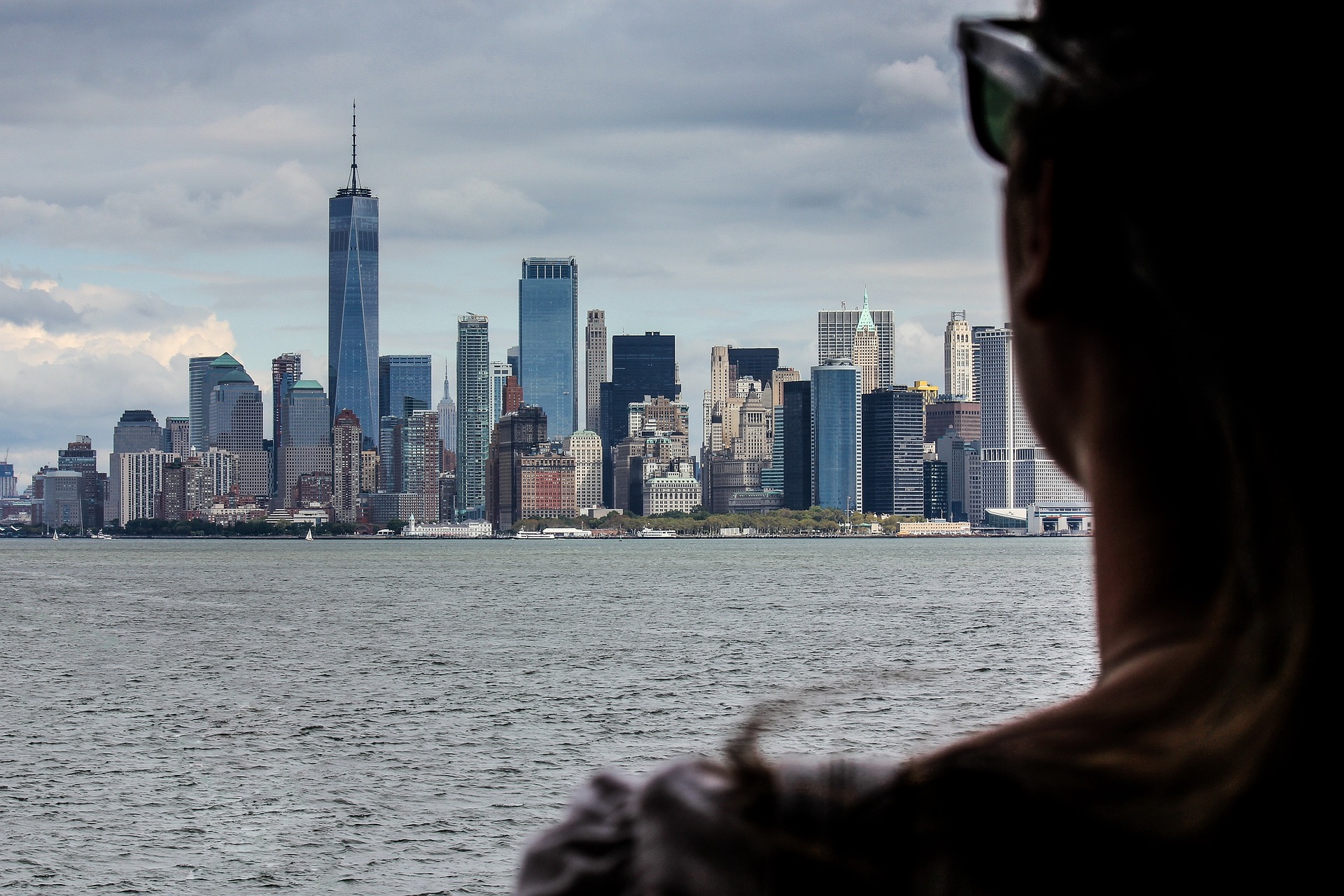Unveiled: The Art of Immersive Traveling
Immersive travel is the art of diving deep into the culture, history, and daily life of a destination. It’s not just about ticking off famous landmarks from a checklist, but about becoming a part of the fabric of the place, however temporary. The trend of immersive travel, also known as experiential travel, has grown in recent years, fueled by a desire to connect with local communities and understand the world from different perspectives.

A Historical Context of Immersive Travel
Immersive travel is a relatively new term, but the concept has a long history. The Grand Tour, popular among European elites in the 17th and 18th centuries, can be considered an early form of immersive travel. The journey, which lasted several months to several years, was intended to deepen the traveler’s understanding of art, culture, and history. Fast forward to the 21st century, and the trend has taken a new turn. The rise of social media and the digital age has led to an increase in demand for unique, personalized experiences. Thus, immersive travel emerged as a reaction against mass tourism and the superficiality it can often entail.
The Current Trend: Immersive Experiences
Presently, immersive travel focuses on providing authentic experiences that allow travelers to truly engage with their destination. It involves participating in local festivals, dining with locals, learning traditional crafts, or even volunteering. This trend has seen significant growth recently, as more travelers seek out meaningful connections and experiences over traditional sightseeing.
Advantages and Challenges of Immersive Travel
Immersive travel offers numerous benefits. It fosters cultural exchange, promotes understanding and empathy, and can even contribute to local economies. However, it also presents challenges. There can be issues around cultural sensitivity and appropriation. Plus, the quest for authenticity can sometimes lead to exploitation of local communities. Therefore, it’s crucial for travelers to approach immersive experiences with respect and consideration.
Impact on Travelers
Immersive travel can profoundly impact travelers. It can broaden their worldviews, teach them new skills, and help them form deep connections with people and places. The memories and knowledge gained from these experiences can last a lifetime.
Alternative Perspectives on Immersive Traveling
-
Culinary Adventures: Food is a universal language, and culinary experiences offer a unique way to connect with local cultures. Participate in cooking classes, visit local markets, or dine at family-run establishments for an authentic taste of the region.
-
Homestays: Opting for homestays over traditional accommodations allows travelers to experience local lifestyles up-close and personal. It’s a chance to learn about local traditions, cuisines, and daily life.
-
Volunteering: Volunteering offers a meaningful way to give back to the communities you’re visiting. It can range from conservation projects to teaching English or assisting in local schools.
In conclusion, immersive travel is more than just a trend—it’s a new way of experiencing the world. It challenges us to step out of our comfort zones, engage with different cultures, and view the world through a different lens. As travelers, it’s crucial we approach these experiences with an open mind, respect, and cultural sensitivity to ensure a mutually beneficial experience. After all, travel is not just about the places we visit, but the connections we make and the understanding we gain.




